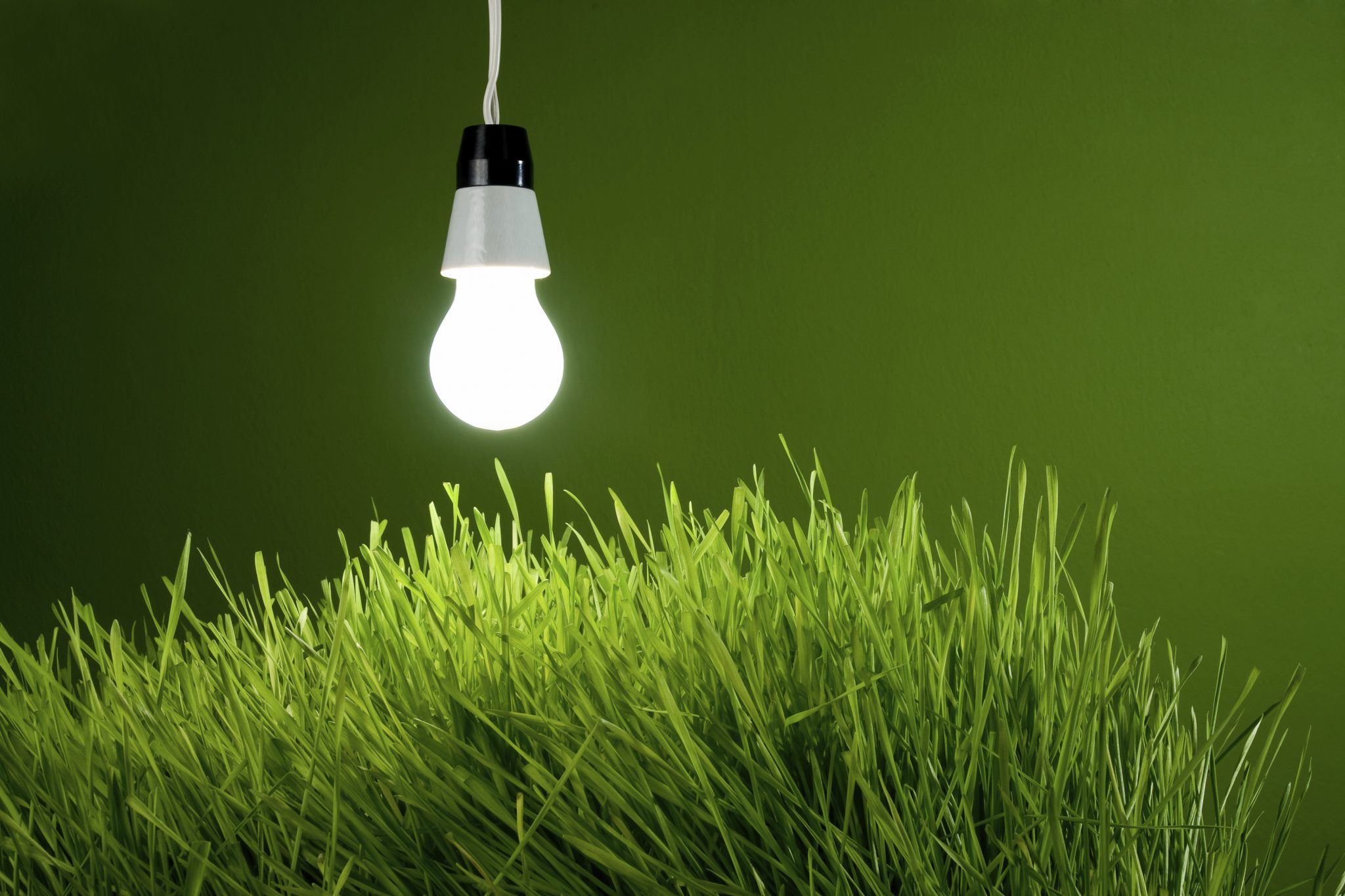
[authorbox authorid=”65″ title=”The Author”]
Philosopher Michio Kushi, who introduced modern macrobiotics to North America in the early 1950’s, once said that “peace begins in the kitchens and pantries, gardens and backyards, where our food is grown and prepared”. If Europe persists with its current model of agriculture, peace surely won’t last long.
Today’s standards are not sustainable
With farmers managing almost half of the EU’s land area, the agricultural sector is a major source of constant pressure on Europe’s environment. Over the past five decades, the EU Common Agricultural Policy (CAP) – accounting for around half of the EU budget – has encouraged the sector to become rapidly modernised and agricultural production itself to intensify.
As a result, the agricultural sector is responsible for a very large share of the pollution of surface waters and seas by nutrients ; the loss of biodiversity ; soil erosion ; pesticide residues in groundwater and risks for human health. In addition, farmers are not even meeting their economic goals as they are squeezed between their production costs and pressure of low purchase prices by supermarkets. For example, nearly 10% of livestock farmers in France are near bankruptcy.
All these macro trends mean that Europe must switch to another model with sustainable alternatives to grow food and face major challenges: rapid world-wide population growth, climate change, increasing demand for energy, resource shortages and accelerated urbanization. Global food demand is forecast to increase as the world’s population continues to rise. European institutions must urgently encourage environment-friendly farming technologies and practices that allow a boost of productivity with very little effect on the environment.
Green alternative technologies exist
Hydroponics imply growing plants in an aquatic based environment using mineral nutrient solutions to feed the plants in water, without soil. Aquaponics is a combination of traditional aquaculture (raising aquatic animals such as fish and prawns in tanks) and hydroponics (cultivating plants in water) in a symbiotic environment.
The environmental benefits of these systems are immense and multiple as the impact on the environment is unbelievably low: water consumption drops by 10% compared to today’s standard models ; higher yields ; year-round production ; healthier fresh plants with higher nutritional value. These techniques do not require pesticides, fertilizers or other chemicals. Because of their specifications, hydroponic and aquaponic systems allow farmers to grow edible produce anywhere in small and confined spaces. That is the reason why it is the best approach to grow fresh and organic food in urban areas, just a few kilometers from consumers.
The zero mile factor
When it comes to food in North America, “local” is the new “organic”. As consumers pay more attention to what they eat, the desire for food produced nearby is starting to gain more traction. In a survey of more than 1,000 American consumers conducted by Cowen and Company, while both “local” and “organic” labels are (often mistakenly) considered indicators of health, 43% of participants said that they would be most likely to purchase groceries with a “locally sourced” label, compared to organic’s 19%. “Local food is rapidly growing from a niche market to an integrated system recognized for its economic boost to communities across the country,”
The locally grown trend is becoming a major factor in the consumers purchase decision making. Buying local produce means supporting ones local economy and the environement. Hydroponic and aquaponic systems have a humongous potential to uplift local communities throughout Europe and urban areas on the verge of economic downfall. If the European Union wants to see a new generation of farming entrepreneurs emerge in the coming years, Union members must put forward new agricultural technologies. Small scale farms and urban farming must turn up in Europe.
In regards to the dramatic situation of the agriculture today, Europe must embrace innovation and production diversification to adapt its agriculture and produce sufficient food, quality food and safe food for its 743 millions citizens. Hydroponic and aquaponic technologies appear to be the best fit to take on these challenges and to make the planet great again. If the European institutions do the right thing, the future will be very bright.



